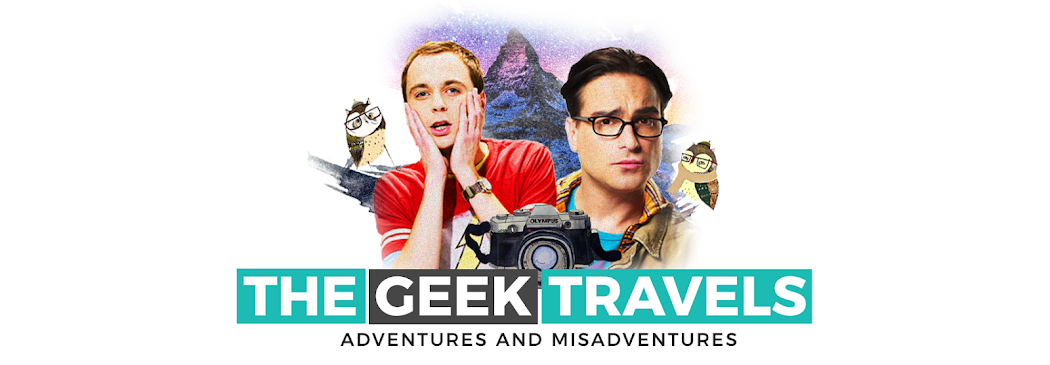And the soul-searching in Seoul continues...
Months before my winter escapade, a few people told me that there's nothing extraordinary about Seoul. It's just your typical first-world capital city filled with towering skyscrapers, western brands, and beauty clinics. No more, no less. So, I just kept my expectations low for this trip. Little did I know, this city offers more than what we always see on TV and on the internet.
On our second day in Seoul, the sun was up, the sky was blue, but it was still freezing when we went outside to explore more of downtown Seoul. First stop was Gyeongbokgung Palace. This was the main royal palace during the Joseon dynasty. Built in 1395, it is located in northern Seoul, South Korea. During the Japanese invasion in the late 19th century, much of the palace was destroyed. After the war, it was restored into what it is today, and arguably it is one of the most beautiful and the grandest palaces in Seoul.
 |
| Blue sky. |
 |
| Let it snow, let it snow, let it snow. |
 |
| Look at all the fucks I gave: ZERO. |
 |
| So cute. |
We arrived at Gyeongbokgung Palace in the nick of time as we were about to witness the change of guards. Despite the -8C weather, the guards were dressed in their traditional Choson attire. Entrance fee costs KRW 3000, and guests can rent the traditional Korean attire or hanbok for one day. However, we chose to wear our winter #ootd because we can no longer walk nor talk if we only wear the thin clothing of hanbok. I would definitely go back there soon and wear their traditional attire.
 |
| Choson guard. |
 |
| Bukchon Hanok Village. |
Exploring Gyeongbok and Bukchon was such a treat for us. It felt like we were transported back to the glorious days of Joseon dynasty. This is one of the things that I always look forward whenever I travel abroad. Back to where I'm from, only a few people care about our heritage. Remember that the things we do in the past, regardless of its nature, had somehow contributed in shaping our present identity to the world.
We traveled back to the present era and immersed in Korea's modern lifestyle. Like Filipinos, Koreans also have a knack for shopping. That's why large commercial districts such as Myeong-dong exists. This district provides a safe haven for consumerism and capitalism. It is clearly evident that the western culture plays a huge role in shaping South Korea's modern landscape. Here, you can literally shop-til-you-drop because the choices seemed endless - apparels, shoes, cheap cosmetic products, art stuff, and a whole lot more. Furthermore, Myeong-dong is different at night as pop-up stalls appear out of nowhere and sell cheap fashion products and street foods.
 |
| Dog cafe! Too bad I wasn't able to visit one. |
 |
| Myeong-dong at day. |
 |
| Myeong-dong at night. |
 |
| Lobsters! |
Seoul didn't lack character, and I really love the vibe of this metropolis. It's definitely not boring, it's relatively easy to navigate, and it's relatively safe. Seoul is one of the few cities in the world where its once glorious past connects to the present time. Together, they both propel this thriving metropolis to a promising future.


No comments:
Post a Comment
Comments are highly appreciated. Spread love, not hate! :)